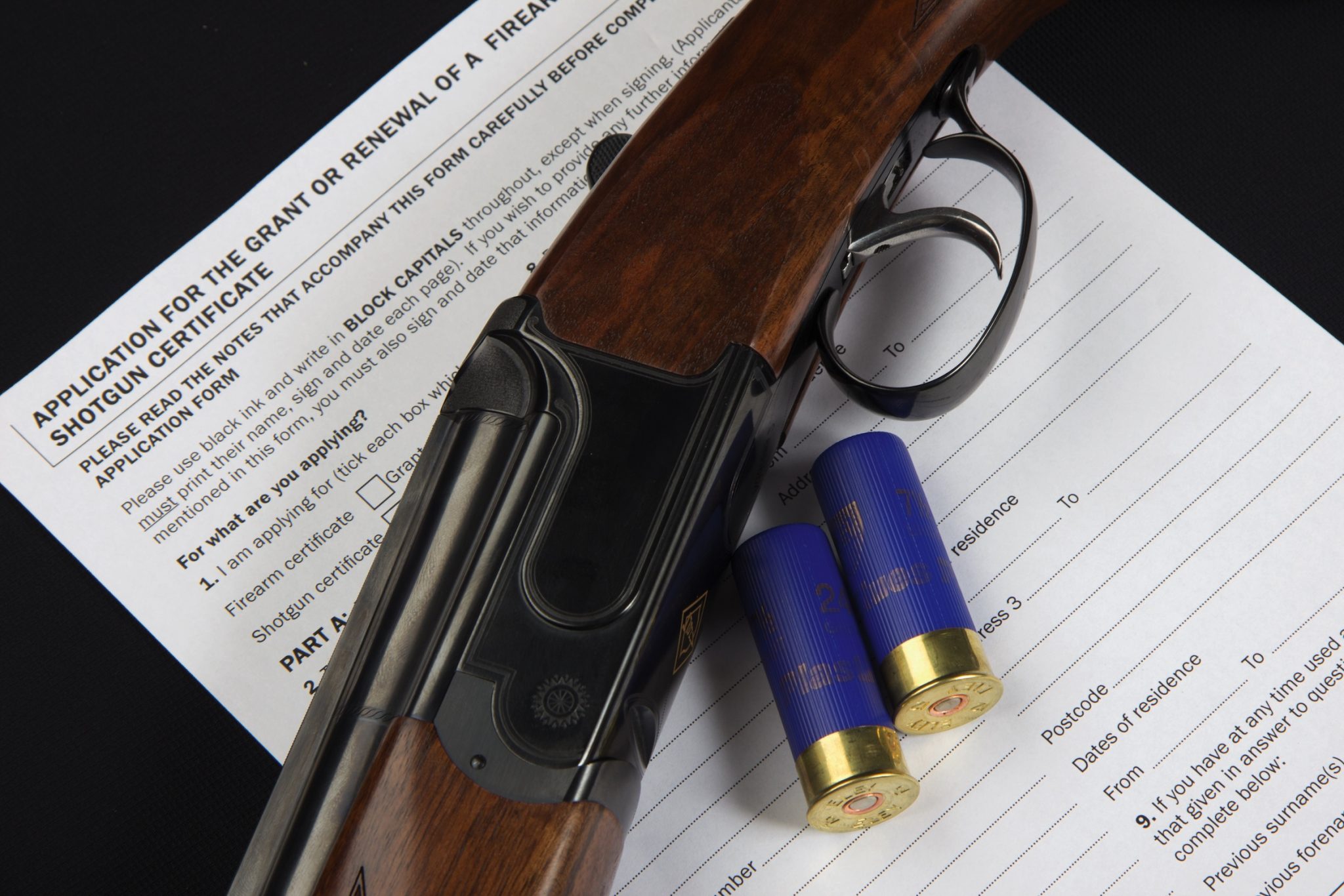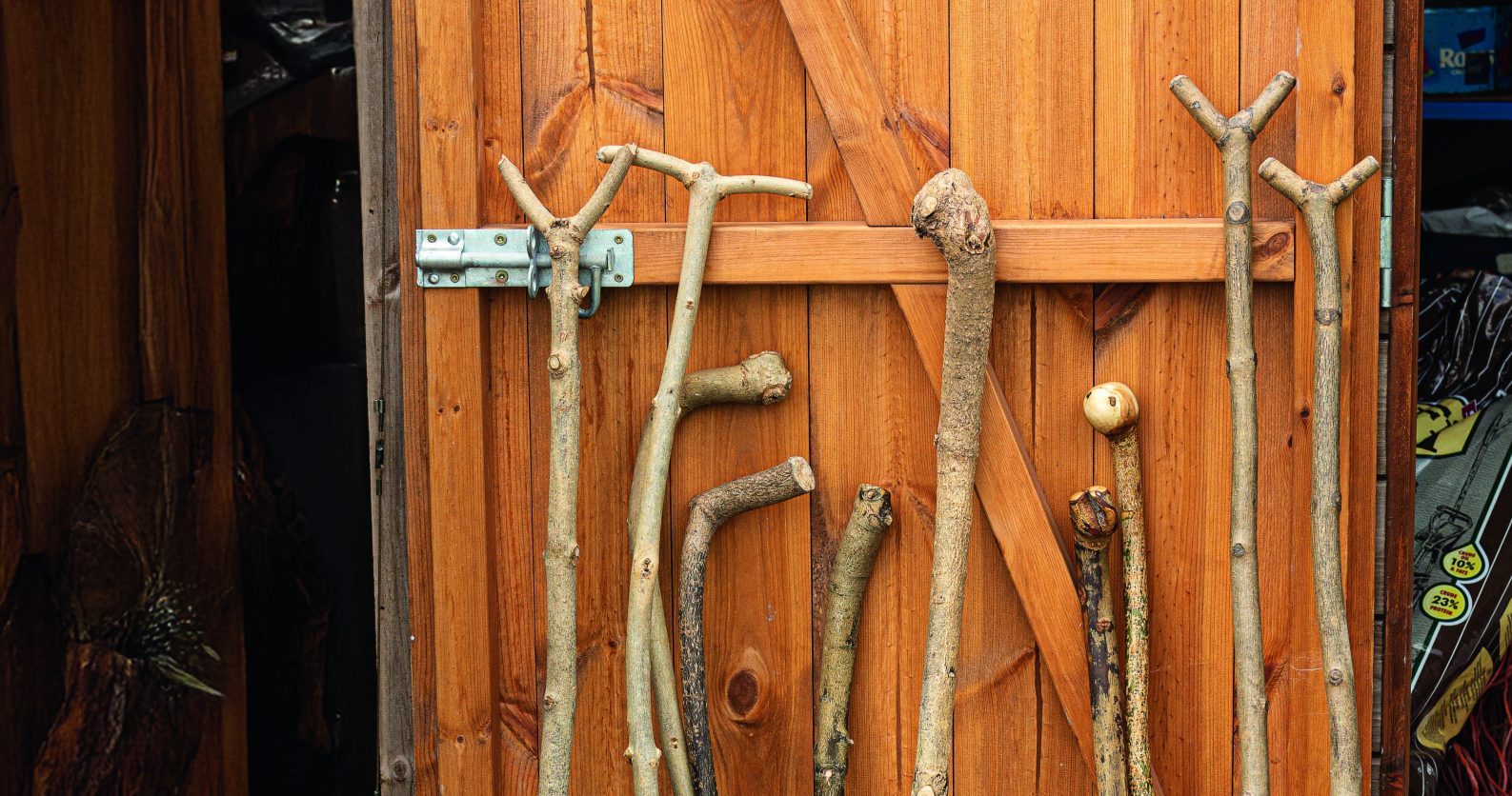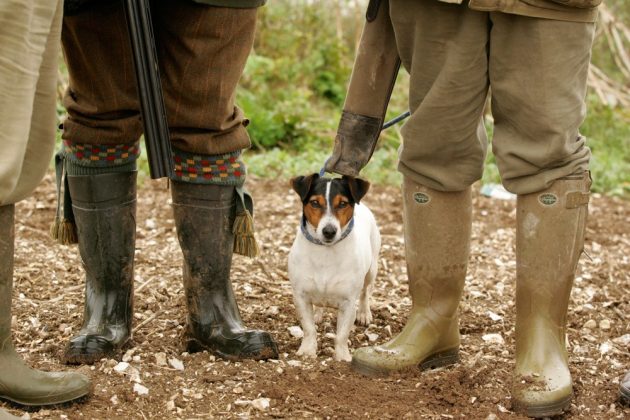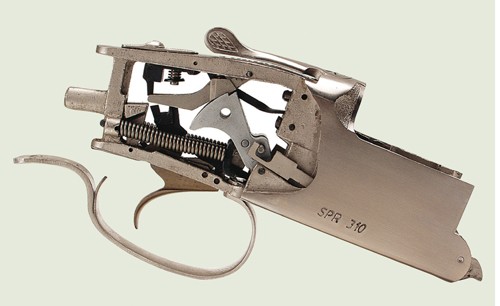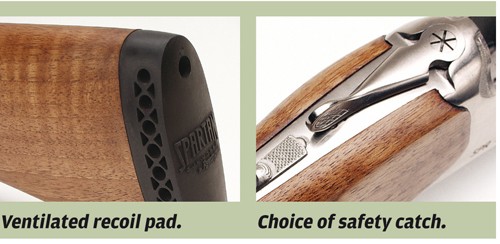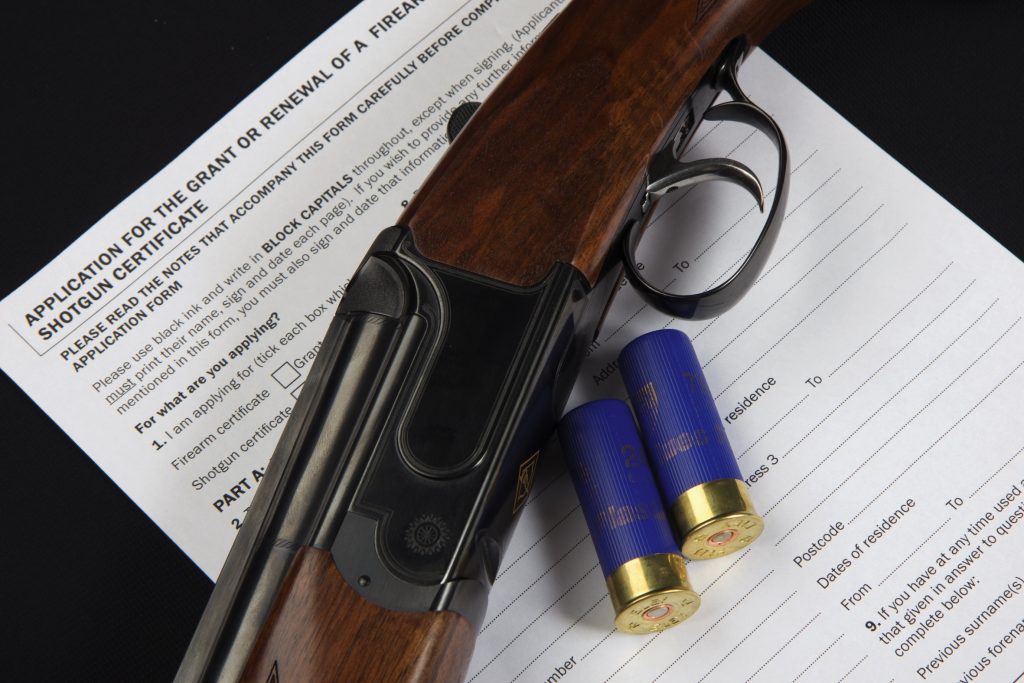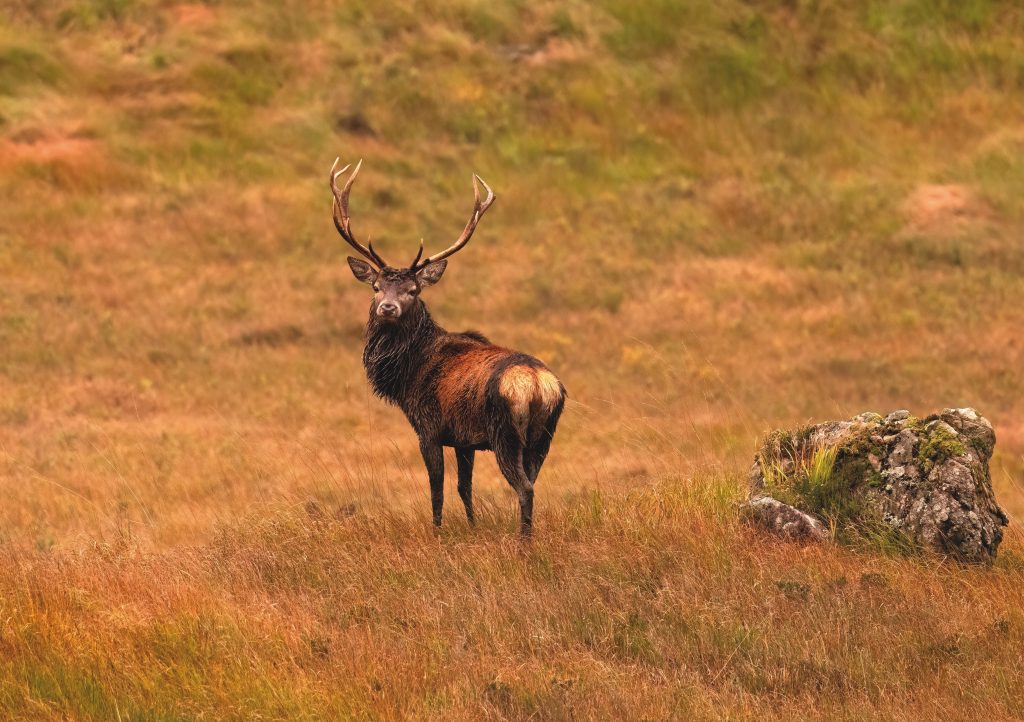Win CENS ProFlex DX5 earplugs worth £1,149 – enter here
Second-hand Baikal shotgun review

The reason, like the guns themselves, is simple. Baikal shotguns were – and still are – cheap and reliable. In the UK they have brought thousands of people with very little spare cash into the shooting sports, and the figure world-wide must be millions.
They are truly guns for the people. Baikal shotguns are made in the Russian city of Izhevsk, in the Western Urals and about two hours by air from Moscow.

The city has a history of iron working going back to 1760.
It survived the revolution of 1917, and was of particular importance for arms manufacture in World War II, being a comfortable distance away from Hitler’s advancing armies and the attentions of the Luftwaffe.
During the Cold War years its strategic importance for arms manufacture was such that it was designated a closed city, inaccessible to foreigners.
All that changed with the fall of the Soviet Union, but the arms factory – Izhevsky Mekhanicheski Zavod – is still turning out Baikals in huge variety – rifles, pistols and air weapons as well as shotguns – not all of which are available in the UK.
I first became familiar with the guns in the early 1980s, and at that time there were Baikal jokes in much the same vein as those about Soviet-built Lada cars. Made from melted-down battle tanks; the stocks are made from reject sleepers from the Trans-Siberian Railway…
But while neither the metal nor the wood (which certainly wasn’t walnut) had a finish to boast about, the guns were tough, and did their job with a generally good degree of reliability.
There was a fall-off in quality control when Russia made the difficult transition from Communism to democracy, but it was relatively short lived. And Baikal O/Us have one advantage over most other guns on the UK market – you can turn the ejectors on and off.
There’s what looks like a tiny screw head in the face of each of the knuckles, and if you turn each one through 90 degrees, the gun is transformed into a non-ejector.
A further feature of most single-trigger Baikal shotguns is a very well-hidden barrel selector, which is not in the usual place on the safety thumbpiece.
The guns are set to fire bottom barrel first, but if you push the trigger forwards until you feel a click, then, for the loaded pair of shots, the top barrel goes first. It is surprising how many Baikal owners don’t know that! Nowadays, Baikals are much better finished than those of the 1980s.
Most barrels are internally chromed, multichokes are available, and the wood appears to be a huge improvement although the stocks are still a bit on the short side for some people
The value-for-money aspect, however, remains unchanged with the Baikal shotgun.
Tech spec
All break-action guns are simple boxlocks powered by coil springs. On the O/Us, hammers are hinged at the bottom, with sears hanging from the top strap.
O/Us have single, selective triggers and turn-off ejectors. Stocks are generally about 14in, with drops at comb and heel of 1.3/4in and 2.3/4in at comb and heel respectively on newer guns.
A good selection of barrel lengths on new and second-hand examples, with multichokes now available.
What to pay:
> How long’s a piece of string? About £300 for a second-hand 12-bore O/U in reasonable condition.
New gun prices: single barrel £186, S/S £562, O/U from £617, semi-auto from £674.
More information:
> Call York Guns on 01904 487180.
Related Articles
Get the latest news delivered direct to your door
Subscribe to Shooting Times & Country
Discover the ultimate companion for field sports enthusiasts with Shooting Times & Country Magazine, the UK’s leading weekly publication that has been at the forefront of shooting culture since 1882. Subscribers gain access to expert tips, comprehensive gear reviews, seasonal advice and a vibrant community of like-minded shooters.
Save on shop price when you subscribe with weekly issues featuring in-depth articles on gundog training, exclusive member offers and access to the digital back issue library. A Shooting Times & Country subscription is more than a magazine, don’t just read about the countryside; immerse yourself in its most authoritative and engaging publication.



